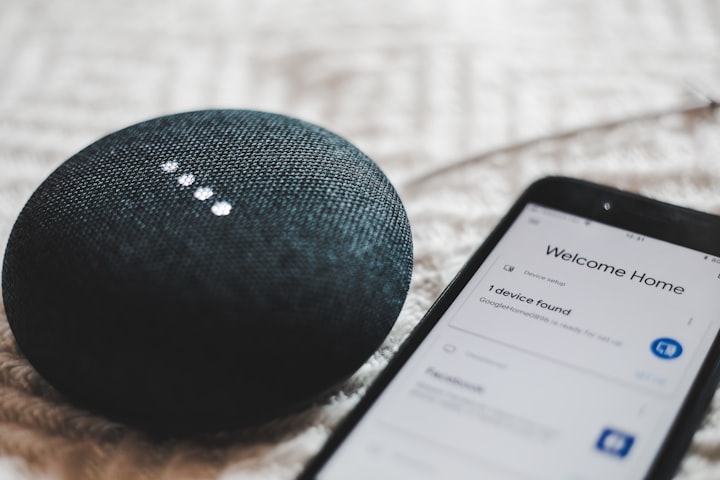How Voice Assistants Have Changed our Lives
Voice assistants really started to gain consumer acceptance when they were integrated into mobile phones via Google Assistant, Siri and Cortana.

Voice recognition has actually been around since Bell Laboratories created “Audrey” in 1952. It reached the consumer world in 1990 with Dragon Dictate. Since then, it has been on a slow and steady march to the mainstream mainly through mobile technology. Voice-dial became voice assistants then those voice assistants started coming out of mobiles and popping up everywhere.
To explain further, David Tyrer, Director of Rio Heating, specialists in WiFi smart heaters, shares his insight into the power of voice assistant technology and how it will continue to shape our habits and daily rituals.
What makes voice recognition exciting?
The advantages of voice recognition were obvious long before the technology existed in any meaningful way. Speech is humanity’s most natural form of communication. Even when people can read, write and/or use keyboards, there can be practical barriers to their doing so. For example, people may need, or want, to use their eyes or hands for something other than operating a computer.
Possibly, more importantly, speech is accessible to people who can’t read, write and/or use keyboards. For example, children, people with disabilities and people with literacy issues may be unable to communicate in writing but are highly likely to be able to speak. The development of voice-recognition technology opens up all kinds of possibilities for them.
Now voice-recognition technology has matured to the point where it is reliable. It’s still not perfect. Maybe it never will be. It is, however, capable of handling straightforward communication such as questions or commands. This means that it can now handle the majority of what most people want it to do. It has therefore moved from gimmick to must-have.
How voice assistants went mainstream
Currently, voice assistants tend to be used in private environments. This makes sense given that they need to be able to hear commands and, often, give an audible acknowledgement or response. Voice assistants really started to gain consumer acceptance when they were integrated into mobile phones via Google Assistant, Siri and Cortana.
Using voice made complete sense to drivers as it enabled them to have simple tasks performed for them while they kept their attention on the road. The rise and rise of voice assistants as drivers’ assistants also coincided with increasing awareness of the general dangers of using mobiles while driving. This increasing awareness was probably fuelled by a combination of campaigns and sanctions.
Most drivers are now probably well aware that texting and using apps are at least as dangerous as talking while driving. They are also probably well aware that they can face heavy-duty sanctions for letting themselves become distracted by them. Both of these factors encouraged the mass adoption of voice assistants. Once they had become accepted in cars, it was easy for them to transition into homes.
At first, the transition came via mobile devices. These are often used to access the internet even when regular computers are available, for example in homes and offices. Now, these have been joined by smart home assistants such as Apple Home Pod, Google Home, and Amazon Echo. For many people, these devices are a convenient way to control the increasing number of smart devices found in modern homes.
The future of voice assistants
Currently, voice assistants tend to be used to perform basic web searches (such as checking the weather and to follow simple commands (such as adjusting the volume on audio). As the artificial intelligence behind them develops, they’ll become capable of a whole lot more.
However, many people are using their home assistance to help them re-stock their smart fridges, control lights around the house and even help to heat up their homes through the power of electric radiators and compatible devices which are becoming more widely available.
There could even be further evolution when it comes to hooking up your voice assistant with appliances throughout the house, such as querying the contents of fridges and freezers and suggest recipes and/or items to buy according to what they find there. They will adjust these suggestions to suit the preferences of their user(s) which they’ll discover through analysis of their behaviour patterns.
On a separate note, voice assistants are likely to end up being marketed less as technology and more as lifestyle devices. As this transition happens, their designs will be updated to make them look more stylish and more like decor instead of functional items. This trend is already being seen in other areas of technology probably most obviously in TVs.
About the Creator
David Tyrer
David Tyrer is the Director of Rio Heating and has over 30 years’ experience in creating smart heating & technology, designed to be enjoyed with smart home devices.






Comments
There are no comments for this story
Be the first to respond and start the conversation.